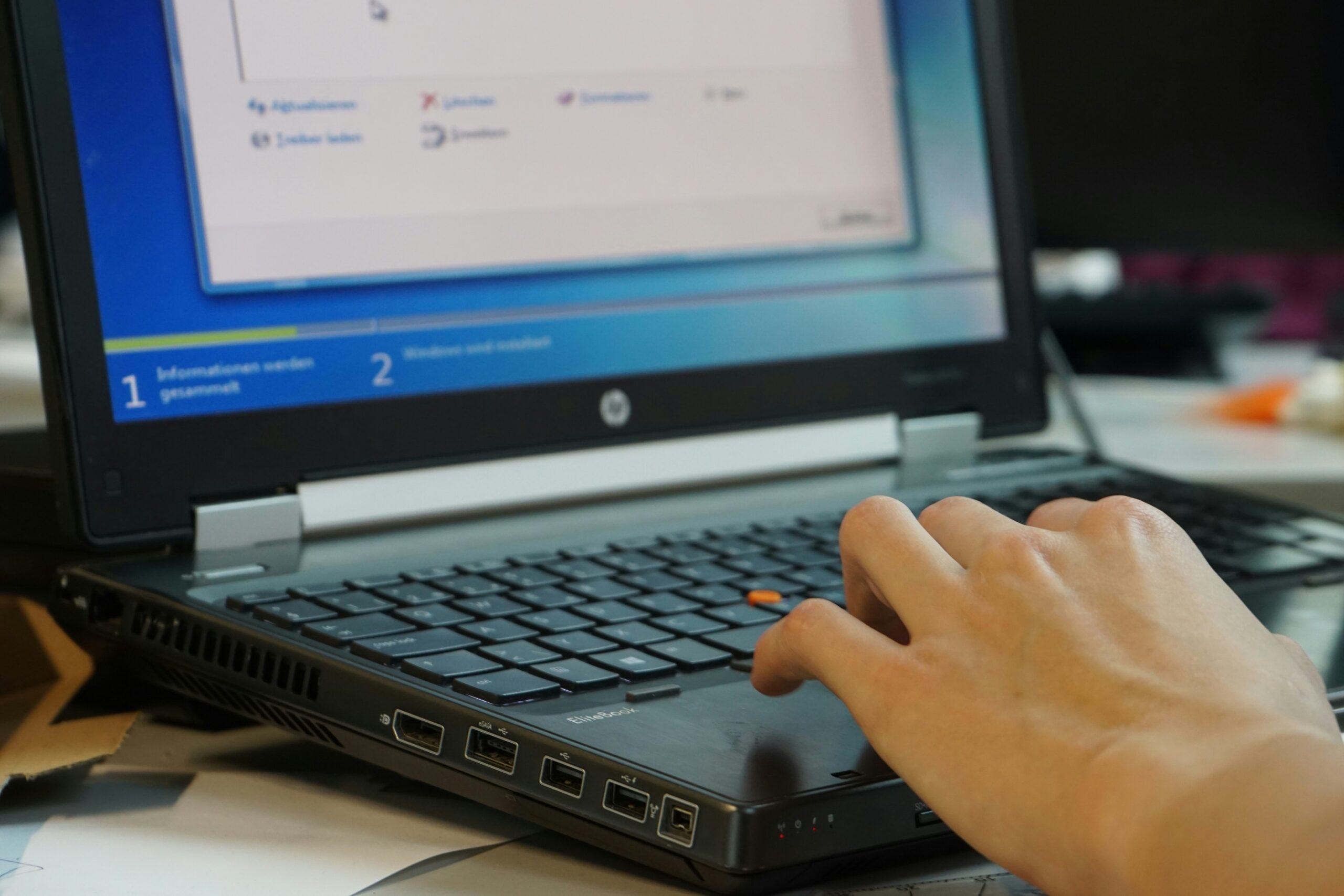
Our Vision
To help companies identify technological
problems and implement solutions
Our Mission
Talk to us
Have any questions? We are always open to talk about your business, new projects, creative opportunities and how we can help you.
Our Happy Clients!

Martin Paclard

Shelly Holmes

Nadeen Nabil
F.A.Q.
Supporting Subheading
- Reboot
- Remove or disable any startup programs that automatically start each time the computer boots.
- open Task Manager.
- Disable Windows search indexing
- Scan for malware
- Run a registry cleaner
- Memory upgrade
- Hard drive upgrade
- Increase or upgrade the processor speed
- reinstall the operating system,
- Hardware issues
- Old computer
Security-related issues are important to all types of computer users. The following points help answer questions we’ve received over the years about computer security.
1. Passwords.
2. Get a hardware or software firewall.
3. Operating system and software patches and updates.
4. Malware protection.
5. Run system scans to check for vulnerabilities.
6. Know how to handle e-mail.
7. Alternative browser.
After creating and adding files to your computer, it’s essential to back up that data. If something happened to your computer, and the data was not backed up, it’d be lost permanently. Below are ways to back up your data that’s if you are transferring data to your backup computer
- Network
- Over the cloud
- USB
USB ports and devices
USB to USB connectors are available online and at some major computer retail stores. - Internet and e-mail
- CD and DVD
- Hard drive transfer
As you use your computer, the operating system, software, and drivers that are installed often require updates. Updates help fix problems that may exist and can also help improve security if vulnerabilities are found.
- Memory upgrade
- Video card upgrade
- Computer monitor
- Hard drive upgrade
- Disc drives
- Broadband
- To upgrade your CPU (central processing unit), motherboard, sound card, modem, network card, we recommend first, you check the prices of new and used computers. Replacing the entire computer is often a more cost-efficient upgrade in the long run.
Regardless of your computer type, it eventually encounters problems; unfortunately, there’s no such thing as a problem-free computer
- Is the computer turning on?
- Any error messages?
- Check Task Manager
- Reboot the computer
- Has any new hardware or software been added?
- Has the computer moved?
- Have there been any power outages or electrical storms?
- Reconnect and check power cords
- Is it a hardware or software issue?
- Update drivers or install the latest patches
- What to do if troubleshooting doesn’t help?
The goal of troubleshooting is to isolate the problem by eliminating the possible problems one at a time. If you’ve tried the above steps and are still unsure what the problem is, get the issue evaluated by an expert.
Adding images to a Microsoft Word document is common, but sometimes pictures are not enough. A video may be needed to provide better detail or examples for the document’s topic.
- Open a new or existing Microsoft Word document.
- In the document, click to place the text cursor where you want to insert a video.
- In the Microsoft Word Ribbon, click the Insert tab.
- In the open window, enter the URL (uniform resource locator) for the video (A) in the text field.
- Wait for a preview of the video (B) to be displayed in the window to confirm the correct video link. Click the Insert button (C) to insert the video.
- To play the video in the document, click the Play button in the middle of the video preview.
- Click the Play button on the video preview again when the document darkens and the video is shown in the center.
- When you’re done viewing the video, click anywhere in the program window (outside the video) to return to the document.
The characteristics of networking are:
- Medium- the channel used by computers for communication
- Topology- the way computers are arranged in the network physically or logically
- Protocols- deals with how computers communicate with one another.
